
Washing bed sheets isn’t simply about putting your bed sheets into the washing machine; it involves the temperature to wash bed sheets. The best temperature to wash bed sheets is the one that can preserve the quality of the bedding and effectively remove any dirt and stains. Manufacturers supply care labels to help us, but since there is a wide selection of materials and colours, the best temperature to wash sheets is not universal. This information is intended to de-mystify this part of the laundry process, allowing you to get perfectly clean sheets every time. With these best practices in mind, your bed linens will not only be fresh but will also have a longer lifespan, as inviting as the first day you bought them.
Understanding the Ideal Temperature for Washing Bed Linen
The ideal temperature to wash your bed linen is essential for maintaining its quality and ensuring a dust mite and allergen-free sleeping environment. Due to the diversity of materials that sheets are made from, such as cotton sheets, silk sheets, and satin sheets, special care is required to ensure proper cleanliness and fabric maintenance. We will now explore the ideal temperatures required for the preservation of cleanliness and hygiene of these popular bed linen fabrics.
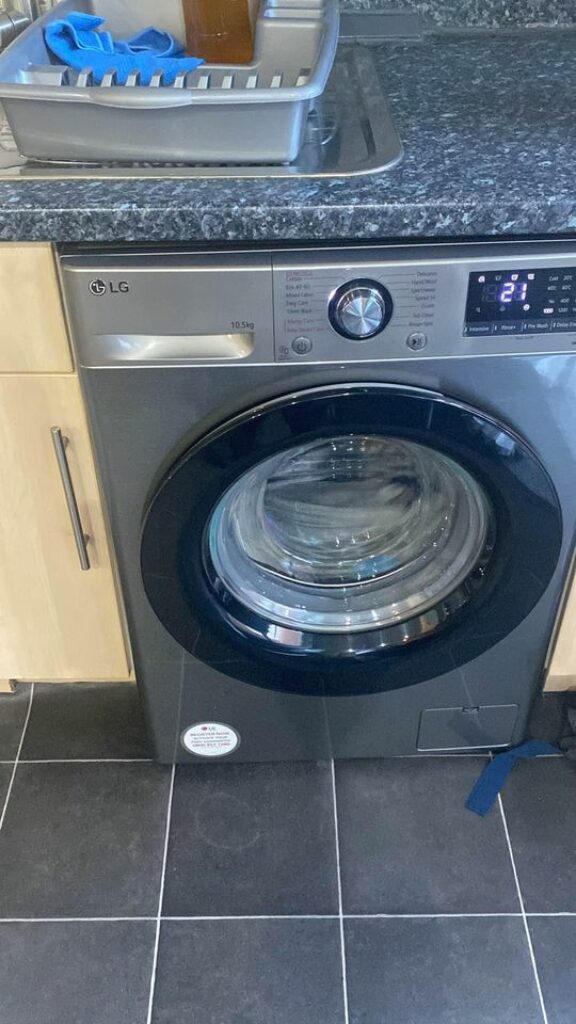
An Ideal Water Temperature for Cotton Sheets
Cotton is preferred due to its heat tolerance and air permeability, which make it suitable for bed sheets. Wash linen at a higher temperature to ensure better cleaning and to boost the temperature to eliminate unwanted bacteria. However, it is important to find this balance between sanitization and maintaining the integrity of the fabric. In most cases, 40-60 degrees Celcius is enough to wash cotton sheets well.
Delicate Fabrics: Silk and Satin Sheets
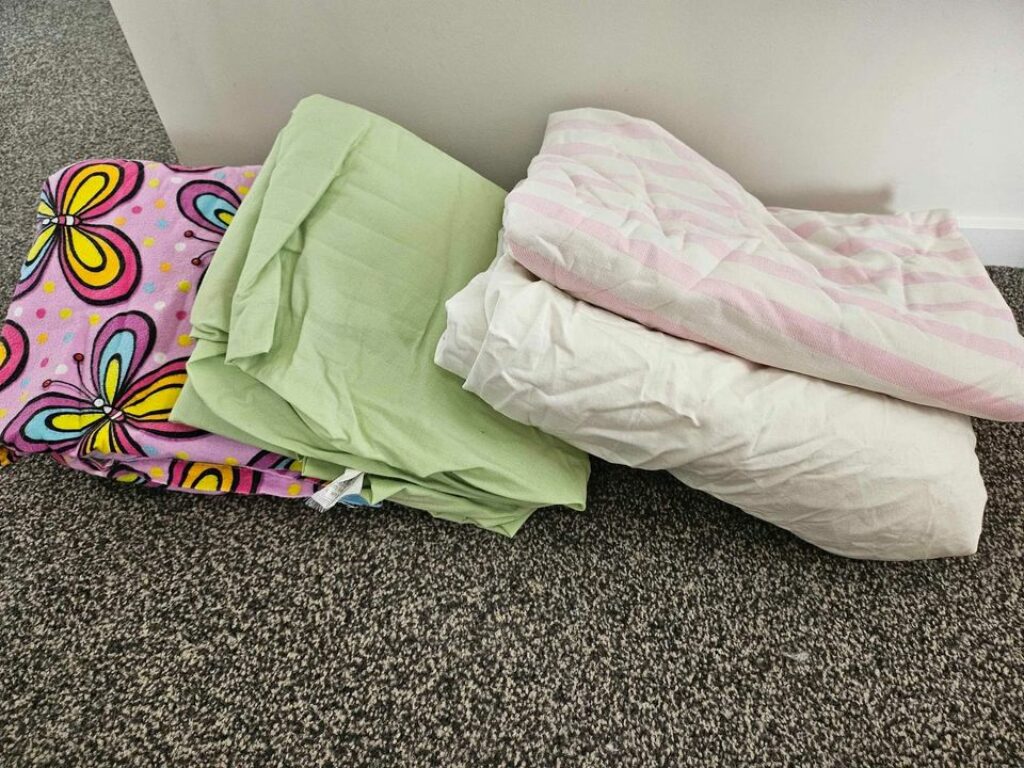
The softness of the silk sheets and satin sheets requires a softer washing cycle. These fabrics are washed with cold water, typically at or below 30 degrees Celsius, to avoid damage while preserving their shine and softness. Special detergents developed for the more sensitive fabrics are also able to improve the wash while preserving these finer yarns.
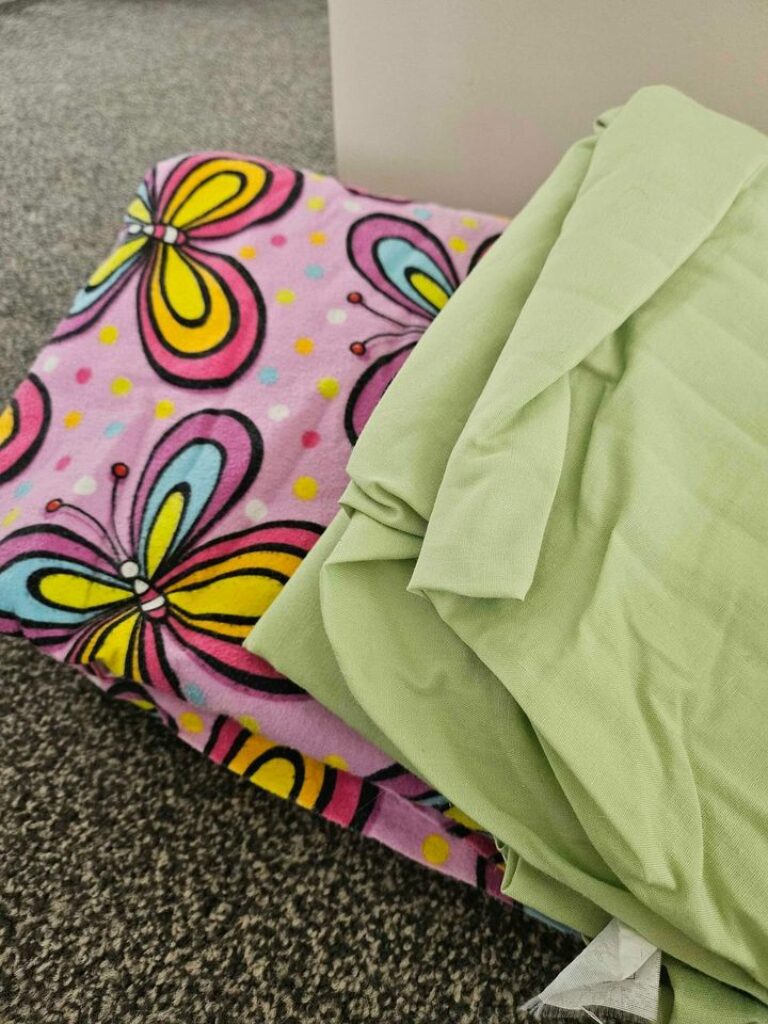
Allergens and Dust Mites are affected by water temperature.
Hot water can be a hero for people with allergies to get rid of allergens. For effective dust mite elimination, a washing temperature of 60 degrees Celsius is usually recommended. But make sure to check the care label on your bed linen before choosing this alternative to ensure that the fabric does not suffer irreversible damage.
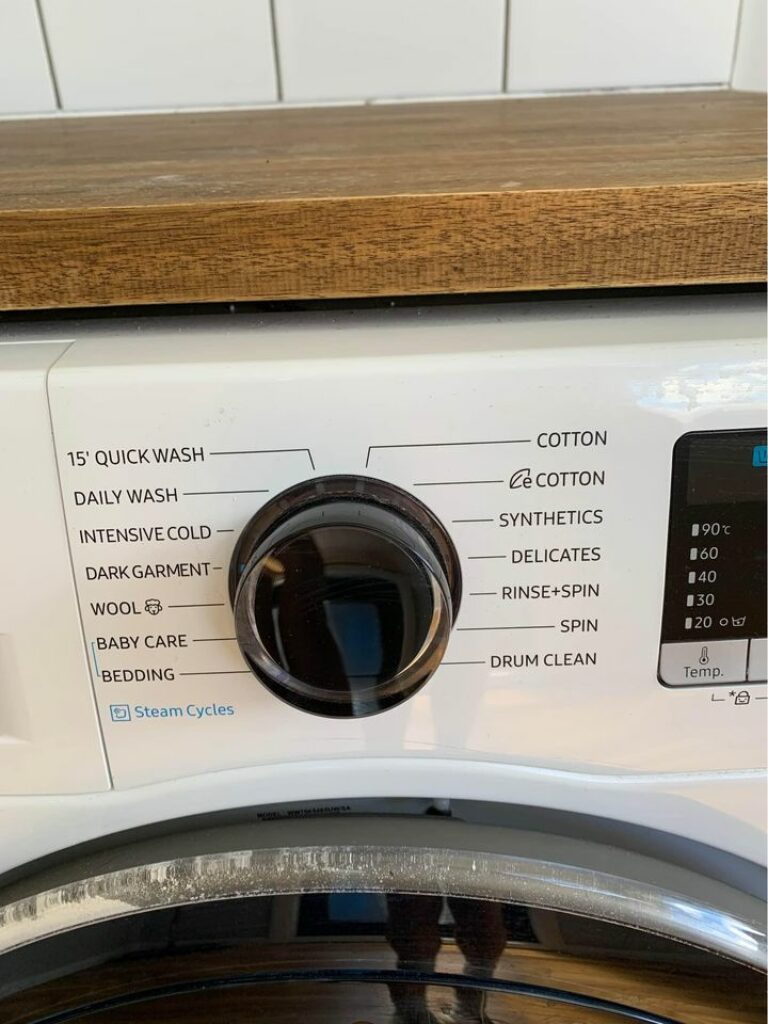
| Fabric Type | Recommended Washing Temperature | Additional Notes |
| Cotton Sheets | 40-60°C | Robust fabrics; handle higher temperatures well |
| Silk Sheets | Up to 30°C | Use gentle detergents and cooler water to preserve delicacy |
| Satin Sheets | Up to 30°C | Avoid high heat to maintain shine and prevent weakening |
| For Allergy Sufferers | At least 60°C | High temperatures to eliminate allergens and dust mites |
Washing the Bed Sheets in the Right Environment
It is essential to be aware of the ideal wash settings for your bed sheets to help prolong their lifespan and ensure proper cleaning. Let’s dive into the basics of sheet care, including care labels and figuring out when a warmer wash can help with those pesky stains.
Refer to the Care Label for Further Information
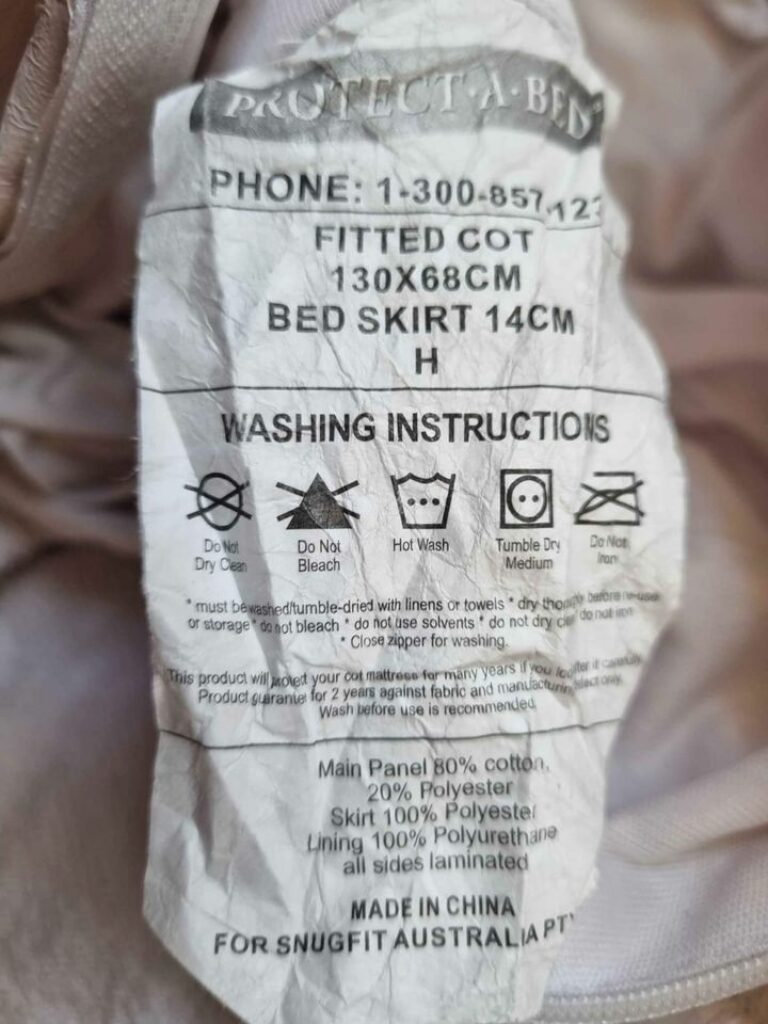
When washing your bed sheets, make sure you always begin by reading the care label. The tag gives a lot of specific information about your sheets’ material and will usually indicate the ideal washing temperature, as well as other essential care recommendations. These rules should be followed to keep the quality and look of your bedding.
Analyzing Symbols and Information Provided on Bedding Labels

Bedding labels are supplied with a variety of symbols that can appear rather strange at first sight. These icons, however, are a global language aimed at standardizing washing routines across varied brands and territories. By getting acquainted with these symbols, you will know what setting to wash that can avoid accidental damage and preserve their quality.
The question is when to use a warmer wash for tough stains.
However, despite the popular advice of lowering the temperature to save energy and protect the fabric, sometimes, a warmer wash is the only way of getting rid of stubborn stains. From breakfast in bed to a child’s artistic work run amok, knowing when and how to use a warmer wash can guarantee that your sheets are returned to their cleanliness.
| Symbol | Meaning | When to Use |
| Bucket with water | Normal wash | Sheets should be washed regularly in this setting |
| Bucket with a 30° | Cool wash | Best for delicate fabrics or lighter stains |
| Bucket with a 60° or higher | Warmer wash | Use for sheets with stubborn stains that need a thorough clean |
| Triangle | Bleach permitted | For white and light-coloured sheets, if needed |
| Iron with dots | Recommended ironing temperature | To remove wrinkles post-wash, follow the instructions based on the number of dots |
The Frequency of Washing Beddings
It is essential to keep your bedding clean in terms of hygiene and comfort. Having a regular wash routine is essential in ensuring that the sleeping environment is fresh and hygienic. The question of how often should you wash your bedding can be answered with a rule of thumb: Washing your sheets once a week is usually advised to keep them fresh and improve sleep hygiene.
Frequent Washing for Allergy Sufferers
However, for allergy sufferers, washing bedding may be even more necessary. Beddings are well-known hiding places for allergens like mites that live in beddings, pet dander, and pollen. To alleviate allergy symptoms it may be necessary to wash your bedding more often than once a week. Regular laundering in hot water helps remove such irritants and reduces the incidence of allergic reactions while sleeping.
How to Keep Your Bedroom Clean and Fresh.
Health is inseparable from hygiene, and a clean bedroom contributes to general well-being. Weekly washing of bedding helps to keep the whole area clean. It is not only about the act of sleeping, it is about providing an environment that is conducive to relaxation and hygiene. Laundering wipes out sweat, oils, and skin cells that build up during the week, giving a clean slate at the end of each day.
Bed bugs and mites that live in bedding
Nobody would like to have bed bugs and mites as bed partners. These pests can easily colonize bedding and mattresses giving rise to various issues. To control these pests, regular washing of sheets is essential, and sometimes, washing bedding at high temperatures is required. Apart from sanitation, this procedure may be preventative, assuring that your bed remains a sanctuary of calm, free from the intruders of night-time irritation.
Special Considerations for Various Types of Sheets
The world of bed linen is a place where each material requires specific care instructions. If one is into cotton sheets, linen sheets, silk sheets, or satin sheets, it is important to know that washing and changing your sheets is the key to the full life of the sheets. Thread count and weave vary for different types of sheets, and that can significantly affect the manner of laundering.
For example, the routine to wash linen sheets is drastically different from the tougher cotton types. Linen’s natural fibres are tough yet soft, getting softer with each wash. But they usually need a gentler cycle to maintain the natural crumpled sophistication of the fabric. On the other hand, cotton sheets, being durable, can usually stand frequent washing in the washing machine without significant damage.
Silk sheets and satin sheets are luxury beddings that require an even lighter touch. Both materials require a cooler temperature and a mild detergent to maintain their shine and texture. Because of their sensitivity, these sheets might need to be hand-washed or a delicate cycle on a machine.
- Cotton Sheets: Suitable for deep cleaning at high temperatures.
- Linen Sheets: Wash in a gentle setting to preserve texture.
- Silk Sheets: Need cold water and a gentle cycle.
- Satin Sheets: They should also be washed gently so that it does not get damaged and keep their shine.
The particular composition of a sheet’s material will determine what kind of care it needs. Making sure that you follow these rules when washing and changing your sheets will not only keep them clean but extend the life and comfort that they provide.
How should the bed sheets be washed? Top Tips for Best Results
Keeping your bed sheets in pristine condition requires the evaluation of several factors including the fabric type, colour fastness, and the right temptation to wash. Water temperature is not only an issue of hygiene but also affects the lifespan and aesthetic of the fabric. Let us discuss the intricacies of getting the best results.
Analysis of fabric type and colour for temperature settings
Wash temp is specific to each fabric type. For example, it may be better to wash your cotton sheets in cold water to preserve them better while a slightly higher temperature might be appropriate for synthetic blends to eliminate any resilient microorganisms. When it comes to colour sheets, brighter and darker colours usually require a colder wash to prevent bleeding and fading. Here’s a handy table to illustrate the ideal water temperature for various fabric types:
| Fabric Type | Colour | Recommended Water Temperature |
| Cotton | Light | 40°C – 60°C |
| Cotton | Dark | Cold Wash |
| Synthetic Blends | Mixed | 30°C – 40°C |
| Delicate Fabrics (Silk, Satin) | Varied | Cold Wash |
Washing Your Sheets Separately to Avoid Damages
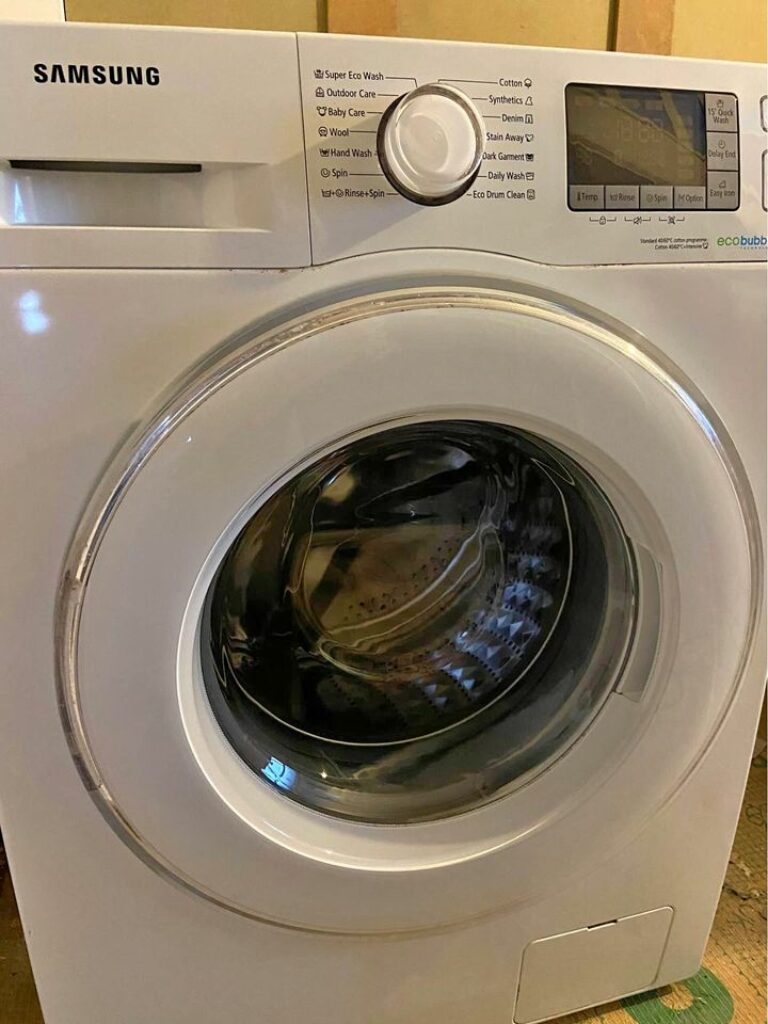
It is recommended that you wash your sheets separately to achieve the best results and avoid harming your bed sheets. This minimizes the risk of colour transfer, and mechanical damage, and ensures uniform washing of all your bed linen. Washing sheets individually is especially important when treating high-count-thread sheets or those with intricate embroidery.
Washing and Caring for Your New Sheets
While washing new sheets for the first time, it is crucial to follow a conservative approach. Start with a light wash and choose to wash sheets in cold water. This first wash establishes how long they will last, as the colours set and the fabric remains soft. Consider the care label, but play it safe; colder water is usually a safer choice for the initial wash.
All in all, recall that washing your bed sheets is an art of balancing fabric care and hygiene. To have long-lasting freshness and long-lasting quality, tailoring your washing practices to the specifications of the sheet will always bring in the best results.
Mastering the Art of Bed Linen Care
Washing bed linen is all about the details to preserve the vivacity and durability of your fabrics. To make sure your bed linen always smells clean and fresh, understanding the basic principles of fabric care is important. The guidelines that will be discussed will ensure that you know the frequency of washing our bed sheets and the temperature that should be used to achieve the best results.
Whether it is cotton, satin, or linen, the fabric content plays a significant role in determining your washing schedule. When we wash your bed linen, let us have a moment of reflection on the collective wisdom. Following the care labels and decoding the symbolisms in them while caring for your bed sheets is key to preserving their quality. It is not only about their cleanliness but also about their materiality.
- Regular washing ensures a clean and fresh sleeping area, especially for allergy sufferers.
- Confirming the care label with special temperature and washing instructions personalizes the method to the needs of your linen.
- Understanding the care for your bed sheets, you extend their life and improve their comfort.
Our homes are the places where we find our peace and refuge, and our bedroom should be a place of order and serenity. Much like any noble undertaking, caring for your bedding needs a little bit of knowledge and detail. With the help of this guide, the mystery of bed linen maintenance is no longer intimidating. Equipped with these recommendations on the best way to wash your bed linen, every wash is a move towards maintaining that feeling of comfort and cleanliness in your haven.
Essential Summary: Caring for Your Bed Sheets
In the detailed consideration of the correct treatment of bed sheets, it is clear that several factors should be taken into account so that their quality and purity are preserved. In India, where climates can vary greatly between regions, it is critically important to be aware of the temperature settings on your washing machine. In general, the cotton sheets, which have their rightful place in many homes, perform well at higher temperatures. But finer fabrics such as silk and satin require lower temperatures to avoid destruction. Each sheet is accompanied by a care label, a guide that should be followed religiously to ensure the long life of the sheet and the preservation of its aesthetics.
Experts recommend a weekly routine, but individuals sensitive to dust mites may need to wash their beddings more often using hot water to neutralise allergens. There are also aesthetic considerations that dictate the washing temperature of your sheets, such as the colour and texture. For instance, vibrantly coloured fabrics may need to be washed separately to prevent fading and preserve their brightness.
In the end, it must be clear that paying attention to the care labels on your bed sheets is not just a boring routine, but a necessary habit. This is more than just home care; it is a promise of the welfare and comfort of your family, making sure every night’s sleep is as refreshing as it ought to be.






